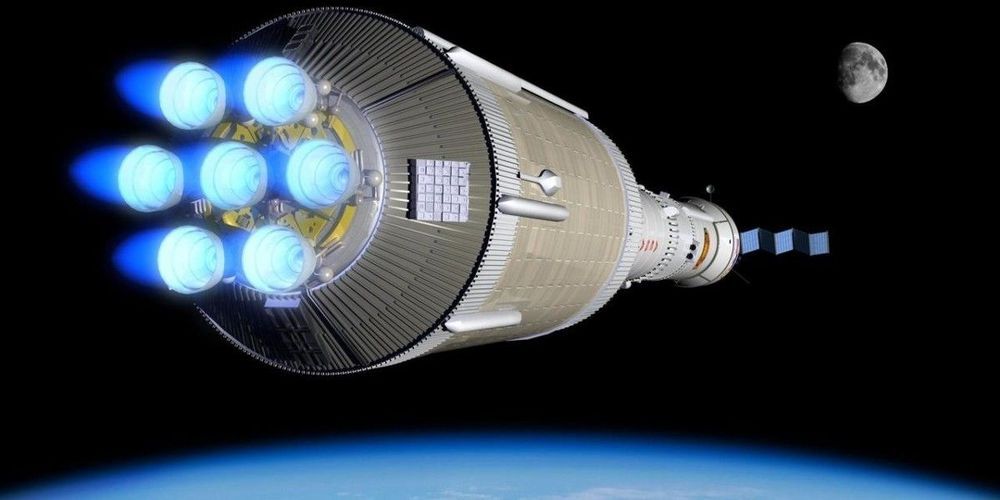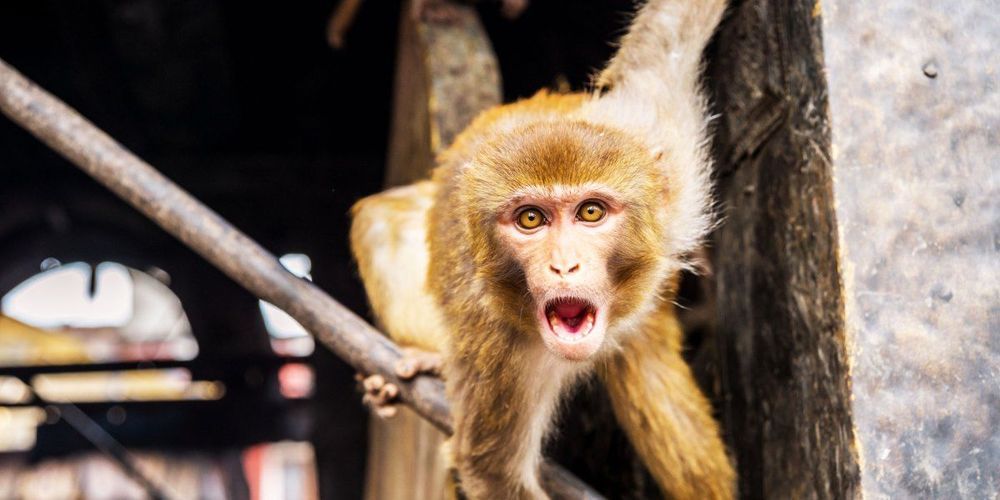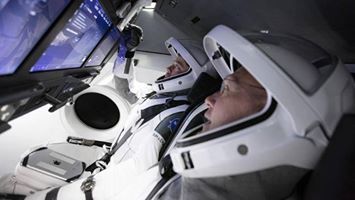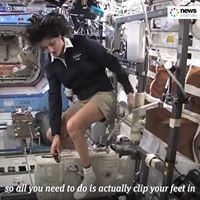
Since the ancient times, humans have been observant and curious to know why everything around us exists. Looking up into the sky, we see many celestial objects such as stars and planets. In the past few centuries, we have made many jumps in the field of space exploration. Telescopes have been created, the stars have been mapped, people have flown in space and even lived there for over six months. These activities have played a major role in the development of our knowledge about space, yet there is so much more we need to discover.
One thing we need to find is how to make space travel quicker and more efficient. Why making space travel better, out of all the problems mankind faces? Currently, our global population is about 7.6 billion and is exponentially rising. By 2025, in just seven years, the global population will be roughly 8.1 billion. Since our resource availability is going down and our population is rising, the Earth can not sustain such an imbalance. This why we must start looking to live on other planets and in order to do this, shortening the time it takes to reach such planets is a necessity.
As a society, when we think of space in general, we just think “oh yeah, that’s cool” but there are multiple problems with space travel. One major issue is the lack of experience. The last Moon landing was in 1972 and space shuttles have been out of use 2011. We can’t just get up and say “you know what, let’s go to space” as it takes many years of preparation and training. This ties to two other major problems:

















